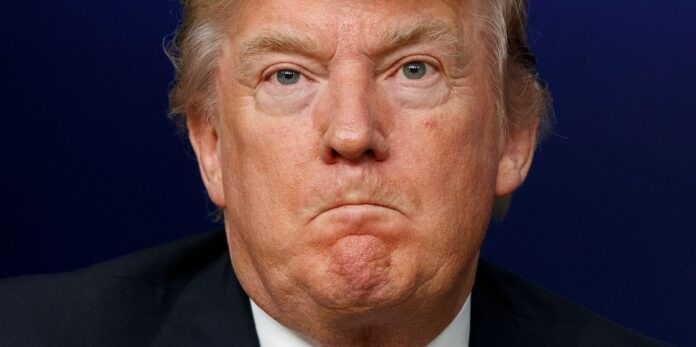Key Falsehoods or Claims: The article “Donald Trump’s Biggest, Dumbest Lie Is … Really Big and Really Dumb” focuses on the false claim made by Donald Trump regarding the size of his inauguration crowd. The article also discusses other false and misleading statements made by Trump, such as his promotion of conspiracy theories, including the baseless claims about voter fraud in the 2020 election.
Source and Bias: The New Republic is a left-leaning publication known for its critical analysis of conservative political figures, including Donald Trump.
Analysis of Falsehoods’ Impact on Public Opinion and Democracy: The article illustrates how Trump’s falsehoods and conspiracy theories have eroded public trust in media and democratic institutions. It cites polling data and public statements to show how Trump’s lies have influenced public opinion and further polarized the political landscape. The article argues that Trump’s disregard for truth poses a significant threat to our democracy by undermining the legitimacy of the electoral process and fostering a climate of distrust and division.
Hypothetical Public Reactions or Political Outcomes: The article does not explicitly delve into hypothetical scenarios, but it does provide a comprehensive analysis of the potential consequences of Trump’s falsehoods on public opinion and democratic norms.
Further Reading Recommendations: For further reading on the impact of media influence and misinformation, reputable sources such as The Washington Post’s coverage of misinformation studies and Pew Research Center’s reports on media and politics could provide valuable insights.
In summary, the article “Donald Trump’s Biggest, Dumbest Lie Is … Really Big and Really Dumb” provides a critical analysis of Trump’s falsehoods and conspiracy theories, highlighting their impact on public opinion and democracy. The article offers a left-leaning perspective and is a valuable resource for understanding the intersection of media, politics, and misinformation.
Source link
Redirect URL
